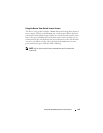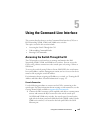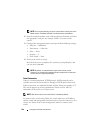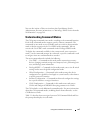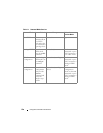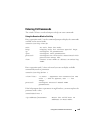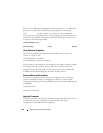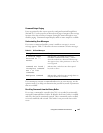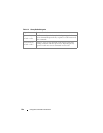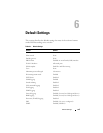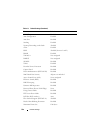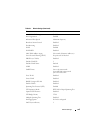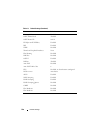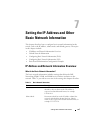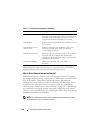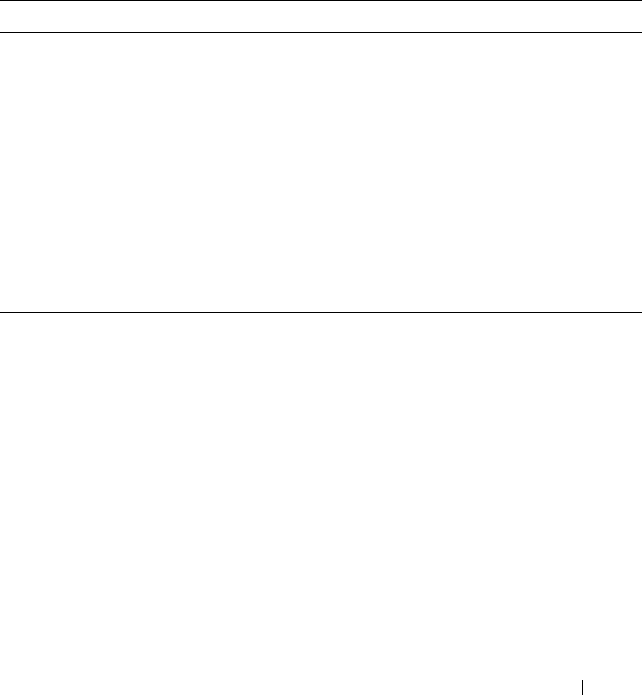
Using the Command-Line Interface 141
Command Output Paging
Lines are printed on the screen up to the configured terminal length limit
(default 24). Use the space bar to show the next page of output or the carriage
return to show the next line of output. Setting the terminal length to zero
disables paging. Command output displays until no more output is available.
Understanding Error Messages
If you enter a command and the system is unable to execute it, an error
message appears. Table 5-2 describes the most common CLI error messages.
If you attempt to execute a command and receive an error message, use the
question mark (?) to help you determine the possible keywords or parameters
that are available.
Recalling Commands from the History Buffer
Every time a command is entered in the CLI, it is recorded in an internally
managed Command History buffer. By default, the history buffer is enabled
and stores the last 10 commands entered. These commands can be recalled,
reviewed, modified, and reissued. This buffer is not preserved after switch
resets.
Table 5-2. CLI Error Messages
Message Text Description
% Invalid input
detected at '^'
marker.
Indicates that you entered an incorrect or
unavailable command. The carat (^) shows
where the invalid text is detected. This message
also appears if any of the parameters or values are
not recognized.
Command not found /
Incomplete command.
Use ? to list
commands.
Indicates that you did not enter the required
keywords or values.
Ambiguous command
Indicates that you did not enter enough letters to
uniquely identify the command.



